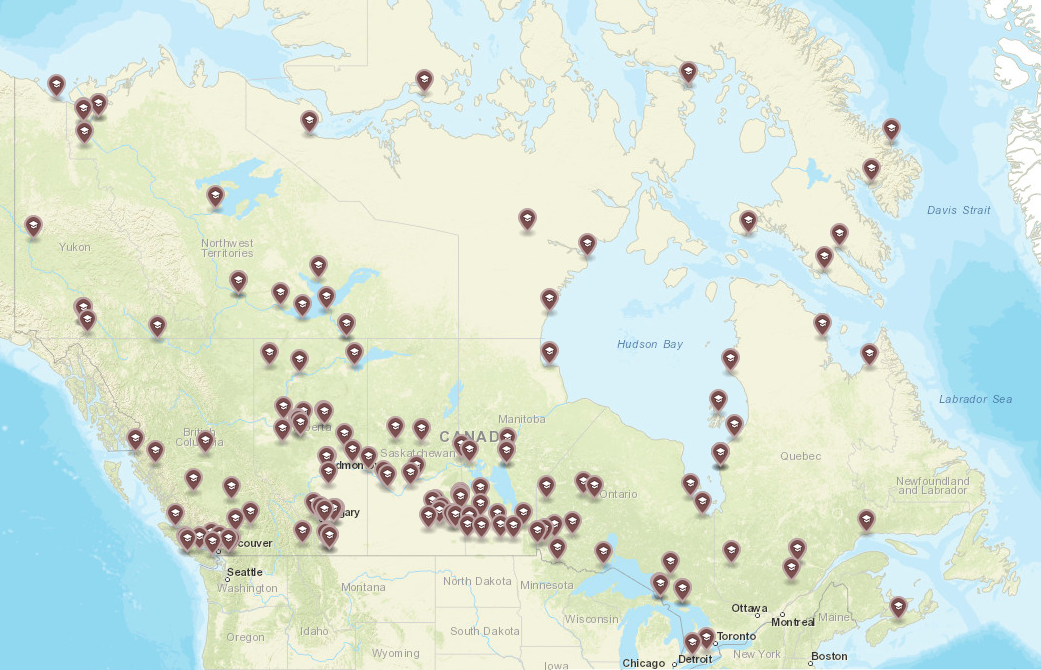Orange Shirt Day is a time to remember, to witness, and to honour Residential School Survivors, their families, and communities. It is also an opportunity to take action and demonstrate personal and organizational commitments to reconciliation. This year Thursday, September 30 is Orange Shirt Day across Canada.
To support Northern Health’s increased awareness and understanding of the significance of Orange Shirt Day, the Indigenous Health Department will be sharing information and resources each week throughout the month of September.
You can also help to improve BC’s healthcare system by participating in the BC First Nations, Métis, and Inuit Cultural Safety and Humility Standard Public Review. The standard outlines the responsibilities of health systems and organizations in BC to establish a culture of anti-racism and cultural safety and humility in their services and programs, to better respond to the health and wellness priorities of First Nations, Métis, and Inuit peoples and communities they serve. You can learn more about the BC First Nations, Métis, and Inuit Cultural Safety and Humility Standard and participate in the Public Review on the Health Standards Organization website. Feedback is being collected until September 23, 2021.
This week’s post highlights the historical and present-day impacts of both residential schools and Indian hospitals1 for First Nations, Inuit, and Métis people, families, communities and Nations.
Residential Schools
In the 1800s, the federal government started working with Christian churches to establish a system of residential schools across the country. These government-sponsored religious schools were implemented as part of a larger goal which was to assimilate and absorb Indigenous people into the settler culture by systematically undermining the cultures and ways of life of First Nations, Inuit, and Métis peoples. Residential schools did this by disrupting families by taking away the children, thereby severing the intergenerational ties through which Indigenous cultures and ways of knowing and being are taught and sustained. Indigenous children as young as 3 years old were removed and isolated from their homes, families, traditions, cultures, and communities. They were forbidden from speaking their languages and forced to adopt Christian religious practices, and modes of thinking, behaving, and being.
The residential school system operated throughout Canada between 1831 and 1996 (Truth and Reconciliation Commission, 2015). With funding from the federal government, the day-to-day operations of the schools were implemented and overseen by various Christian denominations (e.g., Roman Catholic, Anglican, United, Methodist, and Presbyterian). There were over 130 residential schools across Canada, with 80 operating in 1931 at the height of the system. The first, the Mohawk Institute in Brantford, Ontario, opened in 1831, and the Gordon Residential School in Punnichy, Saskatchewan (the last federally funded residential school) closed in 1996 (Miller, 2012).
In British Columbia, there were 18 residential schools across the province with five of these institutions located in Northern BC:
- Lejac Indian Residential School – Dates of Operation: 1910-1976
- Lower Post Indian Residential School – Dates of Operation: 1940-1975
- Elizabeth Long Memorial Home – Dates of Operation: 1883-unknown
- Crosby Girls’ and Boys’ Homes – Dates of Operation: 1879-1950
- Metlakatla Indian Residential School – Dates of Operation: 1891-1962

Indian Hospitals
Indian hospitals were primarily created to provide racially segregated health care as non-Indigenous people feared contamination (e.g., primarily tuberculosis transmission) by Indigenous peoples. These fears were spurred by racist beliefs held by non-Indigenous people. The federal government implemented Indian hospitals in the 1930s. By the 1960s, the government owned twenty-two Indian hospitals across Canada (Lux, 2017).
As was the case with residential schools, Indian hospitals supported a colonial agenda intended to isolate, marginalize and exclude Indigenous peoples socially, economically, and physically from the dominant society. Indian hospitals were poorly resourced sites where Indigenous people experienced substandard health care, medical experimentation, disconnection from family and community, multi-year confinement, loss of autonomy and self-determination, and repression of Indigenous medicines, knowledge, and traditional healing practices.
There were three Indian hospitals in British Columbia. Of these, Miller Bay Indian Hospital was located near Prince Rupert.
Residential School Experiences – A series of videos from Historica Canada
The following podcasts were produced by Historica Canada for the National Centre for Truth and Reconciliation’s (NCTR) Every Child Matters online event to honour Orange Shirt Day.
- Residential Schools: First Nations Experiences
- Residential Schools: Inuit Experiences
- Residential Schools: Métis Experiences
Additional Resources
- Every Child Matters Reconciliation Through Education – This magazine is produced in collaboration with NCTR and Canada’s History and each chapter teaches children about residential schools, Treaties, and historic and current relationships between Indigenous and non-Indigenous peoples.
- Did you live near a residential school? – An interactive map from CBC News that helps you learn if you grew up in a community near a residential school.
- They came for the children: Canada, Aboriginal Peoples, and Residential Schools – A report produced by the Truth and Reconciliation Commission.
- Interactive Map of Northern BC – Map created by Indigenous Health that shares information on the location of residential schools and Indian hospitals in Northern BC.
- What is the history of 'Indian hospitals' in Canada? – A video with Dr. Maureen Lux discussing Indian hospitals in Canada.
- 'Canadians would be shocked': Survivors, lawyers describe treatment at Nanaimo Indian Hospital – An article from CBC News investigating abuse at the Nanaimo Indian hospital.
Support is available for anyone affected by the residential school experience.
- A national Indian Residential School Crisis Line has been set up to provide support for former students and those affected. People can access emotional and crisis referral services by calling the 24-hour national crisis line: 1-866-925-4419.
- The KUU-US Crisis Line Society provides a First Nations and Indigenous-specific crisis line available 24 hours a day, seven days a week, toll-free from anywhere in British Columbia. The KUU-US Crisis Line can be reached toll-free at 1-800-588-8717 or online.
- The Northern BC Crisis Line offers 24/7 support across the NH region and can be reached at 1-888-562-1214.
1 In historical documents, “Indian” is the term used for First Nations, Inuit, and Métis peoples. It continues to be used in reference to “legally defined identities set out in the Indian Act” (McCue, 2020, para. 1). The term “Indian hospital” is used within this article to reflect the historical name of these colonial institutions (see Lux, 2017 for more information).

